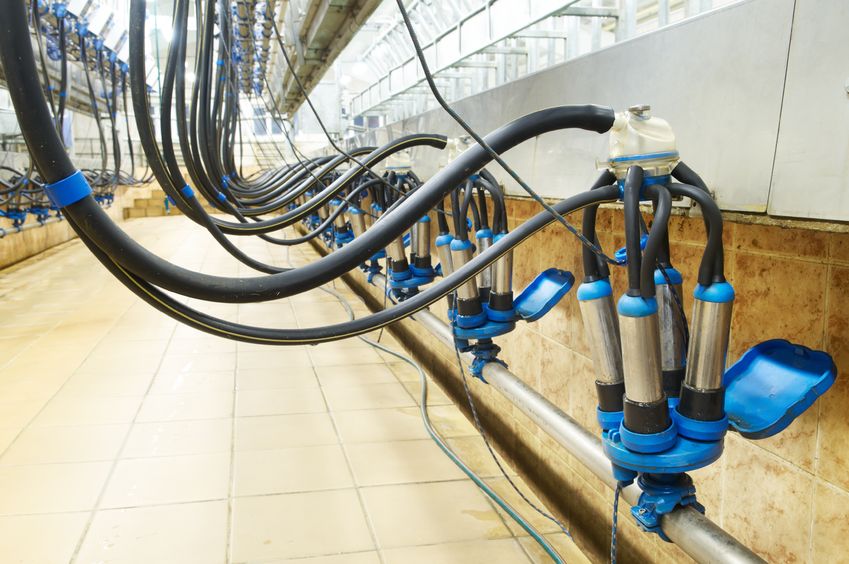
The UK’s dairy producers may be unaware that they are using higher volumes of water than necessary and should be encouraged to benchmark water use.
Five years of water consumption data from 53 dairy companies across the UK revealed significant differences in the volume of water used to produce milk, butter and cheese.
The data showed that over 60% of the sites were using water inefficiently.
While dairy producers have been encouraged to reduce their water use by 20% by 2020, there is currently no way for them to benchmark their performance against others, or themselves, to judge the effectiveness of water conserving practices.
The UK’s food and drink sector is the greatest industrial consumer of water in the UK, and the dairy sector uses 21% of the UK’s fresh water resource.
Dr David Campbell, associate professor of water conservation at Heriot-Watt University, said the UK uses around 40.9 billion litres of water each year to produce 14 billion litres of milk.
“The huge volumes of water being used, whether from mains or abstraction, means it is critical for the UK dairy sector to start benchmarking its water use, and aiming for more comprehensive water management schemes,” Dr Campbell explained.
“Water is used for drinking, cleaning and cooling in the dairy sector. The ever-increasing cost of water, more stringent regulatory regimes and the high cost of energy for pumping and processing milk means dairy producers will benefit from optimal use of water.”
'Saving money'
Dr Campbell said that by improving water use efficiency, water and wastewater bills could be reduced by 30%, which is a further incentive to dairy producers, alongside improving the sector’s overall sustainability credentials.
He added: “This isn’t about introducing new regulation or burdensome tasks – it’s about saving money for these producers and increasing sustainability.
“We can tell from the data that some producers already use water conservation measures, and those who use the highest amounts of water might simply be unaware that they are at the upper end of the chart. At the moment, there’s no way for them to know.”
Dr Campbell’s study, published in the journal Water Conservation Science and Engineering, established upper and lower water limits for liquid milk, butter and cheese producers using the five years of data.
Companies with water use below lower limits were considered to perform ‘excellently’, those using water within lower and upper limits were considered to perform ‘averagely’, while water use above the upper limits was considered ‘poor’.
Water inefficiency
When comparing and benchmarking 27 liquid milk producers, the study found that only three sites used water ‘excellently’, and seven ‘poorly’.
The UK’s cheese makers were the least ‘average’ of the dairy sector; only three sites used an 'average' volume of water.
Only one site used water above the lower benchmark, described as an ‘impressive performance’ by Dr Campbell, and a sign that water conservation schemes were already in place.
Dr Campbell said: “The aim of every benchmarking process is to improve performance through comparison of one company’s performance against those of high-performing, comparable organisations.
“Over 60% of producers we studied use water inefficiently, which could be traced to outdated or inappropriate systems and processes, and the absence of any periodic benchmarking of performance.
“There is great potential for water use improvements on these sites, and it is our hope that the dairy sector will adopt more water efficient systems and conduct annual benchmarking exercises. Both dairy farmers and the UK’s natural resource pool stand to benefit.”
